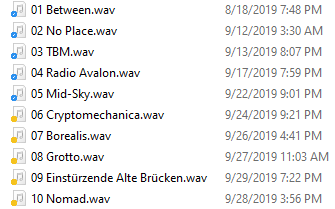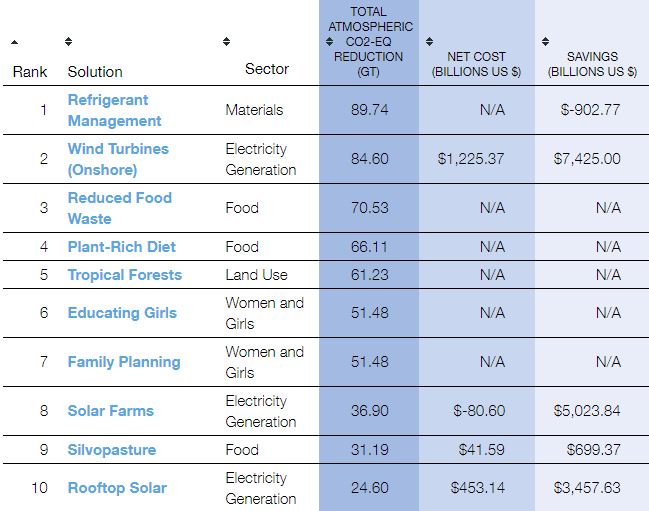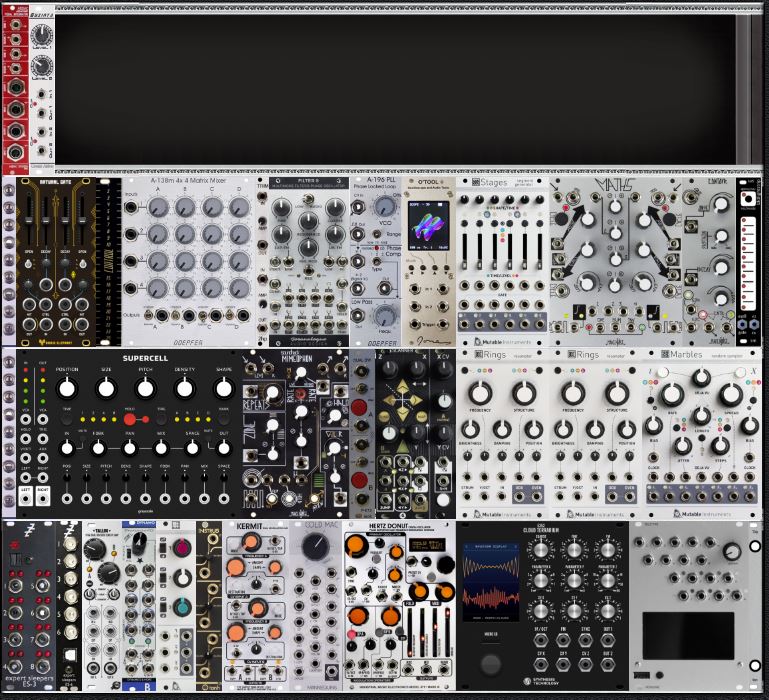I’m taking some time to chill out from Knobcon and let my brain catch up and feet rest (I should have worn the walking boots which are much better for standing around for long periods than my Chucks).
I’ve written this up partially on my Instagram and partially on MW, but in a nutshell:
The goody bag was middling. Stickers and postcards and flyers; a hefty Sweetwater catalog which I dumped because it’s heavy and pointless; a bag of middle-tier candy; an issue of Sound On Sound; a purple frisbee; a 2hp blank panel; a Velcro cable tie.
This year’s theme is Knobtoberfest, which was reflected in the performances at the reception being German themed “kosmiche musik” which was not only highly influential to both popular and esoteric forms of electronic music, but to pop as well. A tribute to NEU! (which I sometimes enjoyed and sometimes felt I was too sober to get it), a tribute to Kraftwerk (which was highly enjoyable), and a Berlin School duo.
A couple of years ago when I was newer, I felt like I absorbed a lot about playing modular synths by watching the performances. This year not so much, but I mostly learned that rough spots — technical issues, missed notes and cues and changes, brain farts — don’t really matter too much if you handle them well. The audience — at least an audience of musicians — accepts them as an inevitable part of being human, and gets on with enjoying the good parts.
But I also learned a little extra preparation in terms of physical setup is important. You need a big enough table, solid places so your gear doesn’t threaten to fall off and cables aren’t in your way, and if you need written notes they need to have their own space to live in instead of getting tucked under and resting on top of your instruments.
Also, sudden transitions rarely work, especially if you’re going to switch tempo. It’s like trying to change gears on a stick shift car without the clutch. An audience that’s grooving along will suddenly be thrown off.
Also, sample players are really good things to have for live playing, for many reasons.
Also if you’re a hotel sound guy, make sure the PA actually works before you tell the performers they can start whenever. You had one job…
Today was gear stuff. Workshops too, but I didn’t go to any — maybe tomorrow. The exhibition hall isn’t arena-sized but it’s still pretty large, and includes bigger companies like Hammond, Yamaha, Korg, Roland, Moog etc.; lots and lots of Eurorack manufacturers (but missing a few key ones), a few software companies, a couple of local synth-oriented music stores, and some miscellaneous weird shit. I actually did buy some Real Fake Knobs. Unfortunately our small dog guest is not ferrous, so the volume knob won’t work on him.
I won’t go through the full list of all the gear I tried. Nothing really grabbed me the way Natural Gate did a couple of years ago, but I did play some very fun things in the “I don’t need this but I kind of love it” category. The Hydrasynth has the most beautifully designed interface of any electronic instrument I have tried, in both look and feel. The Moog Grandmother was a joy to play and sounded full and gorgeous, but its price and size make it unlikely for me. I had a blast (and also created a powerful sonic blast) with the Curious Sound Objects Bitty toys.
Synth Tech’s prototype of their new effects module is 10-day-old hardware running code that was rushed in a week, so it’s got some rough edges (!) but I think it holds promise. Once the biggest bugs are worked out and the algorithms have had a couple of rounds of polish I think it will be a winner. I hope to be a beta tester for it as I was on the E352 and E370.
Make Noise Mimeophon was mimeo-fun, despite a less than stellar demo setup (note to exhibitors: we want headphones, especially to demo stereo gear!) and I went ahead and bought one instead of ordering online.
The JAMMspace room was a bust this year. Two years ago, it was a quiet, uncrowded space where every piece of gear or small modular setup had headphones, so you could really concentrate on trying the gear. This year it was set up late, most things ran through a big mixer into a loud chaotic mess through a loud PA system, and they left the outside doors open where people were taking smoke breaks (of course the smoke went directly into the room).
The Cruise-In wasn’t too successful either. Apparently nobody bought any of the gear on display. I recognized a lot of it as stuff that’s been for sale on MW. I didn’t bother to haul my 3 modules down there to try, because there’s not really a good way for potential buyers to demo them anyway. It was a nice idea, though.
The banquet and keynote speech are coming up in roughly an hour. The keynote will, I think, help me decide whether to go to Dr. Chowning’s workshop tomorrow afternoon or head home early. There are also more live performances after dinner, and I don’t know yet how much energy I’ll have for those.
I think I will likely skip Knobcon next year. Overall, I feel like the second time wasn’t as valuable a learning experience as the first. Like I thought last time, if I were more of a social creature I’d probably get more out of it. So for me it’s mostly a matter of indulging curiosity and doing something a little out of the ordinary — a mini vacation for electronic music nerds.











